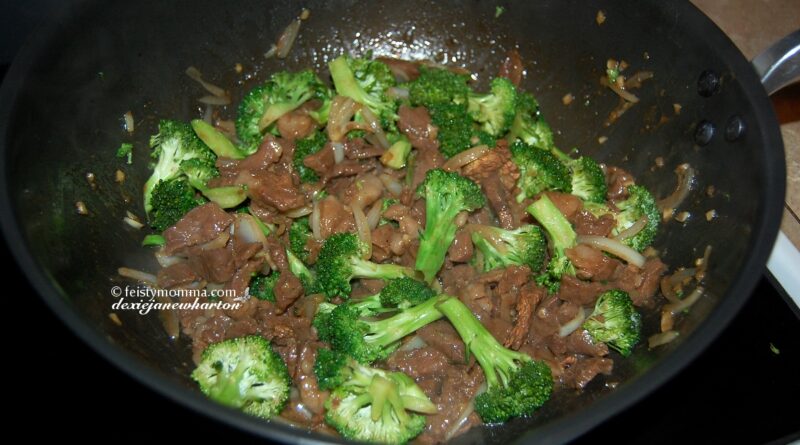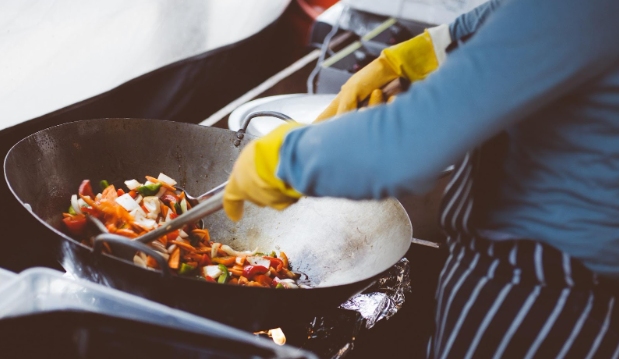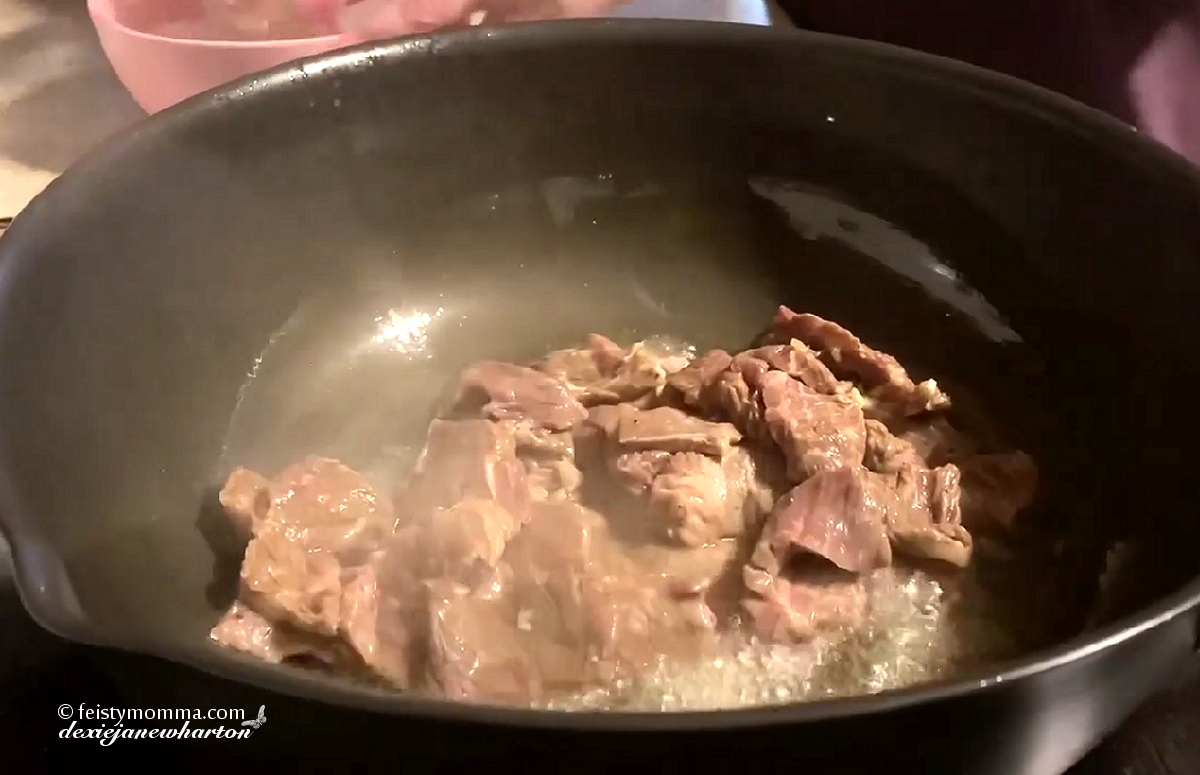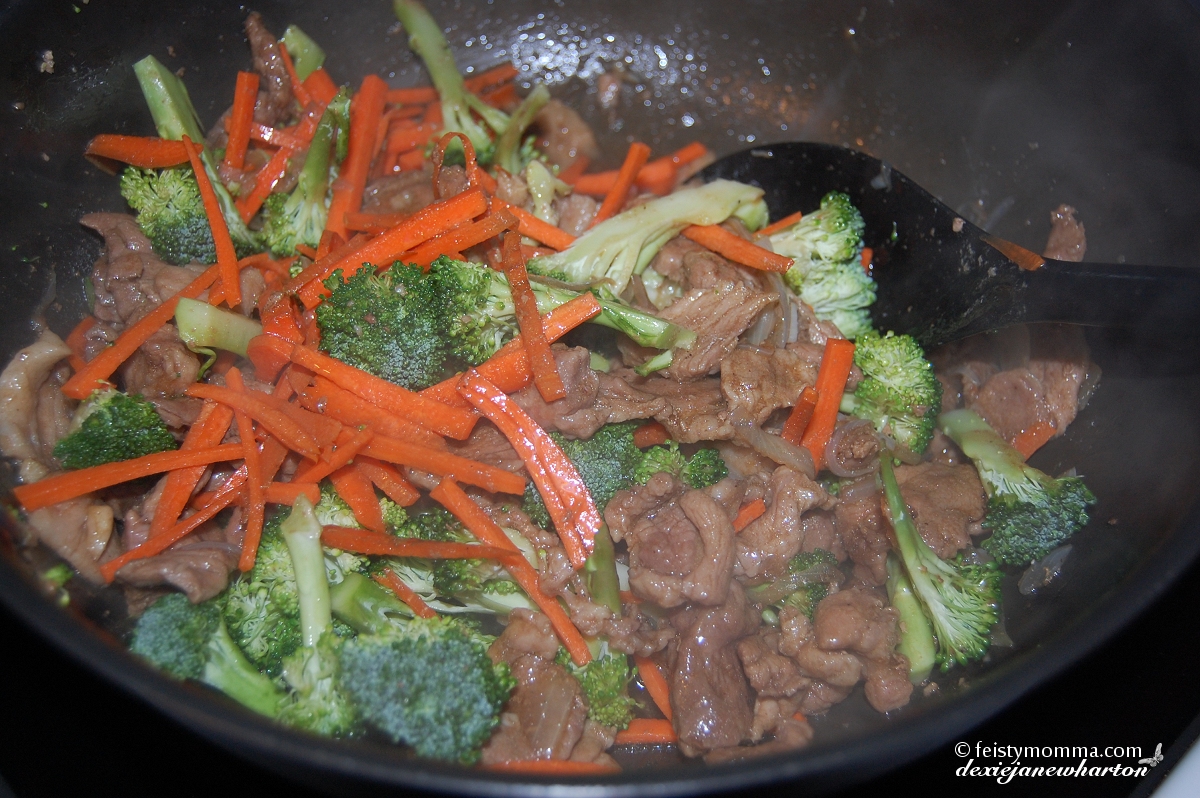Learning How to Cook With a Wok? Follow These Simple Steps
Photo by Clem Onojeghuo on Unsplash
Since its inception in medieval China during the days of the Han dynasty almost 2000 years ago, the wok has been a staple in Chinese cuisine. Offering a versatile and efficient way to create flavourful dishes, still to this day, a wok is a valuable tool in the arsenal of the seasoned chef and the novice alike.
In China, the flavor this style of cooking produces is known by natives as “Wok Hei” (breath of the wok), if you’re looking to learn more about Chinese cuisine, it would be an astute choice to start your research with the wok.
Though it is a fast cooking method, using a wok is an art form, requiring much nuance and practice to perfect. However, it is worth the time. An in-depth knowledge of wok cooking can elevate your culinary skills to new heights by opening up a range of new dishes. This article will dive into the basics.
Choosing the Right Wok
Most of the time, which wok you purchase depends on the dishes you plan on preparing and, of course, your budget. Remember, no two are the same, they come in all shapes and sizes. Amongst the main things to consider is material:
- Stainless Steel: Difficulties with maneuverability, taking a long time to heat, and a tendency for sticking are all fatal flaws of stainless steel woks. They are, in general, a waste of time for any cook.
- Cast Iron: A better option, less prone to sticking; cast iron pans aren’t too bad but remain fragile.
- Carbon Steel: The go-to for any serious cook. Durable, inexpensive, and a near non-stick surface. What else is there to say?
Time to Cook
So now you’ve picked your (preferably carbon steel!) wok, it’s time to cook. As mentioned earlier, cooking with a wok takes a while to get used to, but some key things to keep in mind include:
- Seasoning: This ones crucial to prevent sticking and enhance flavour. Heat the wok with a thin layer of oil until it develops a glossy, non-stick surface.
- High-Heat: With the wok you’re looking to cook food quickly at high temperatures. Preheat before you throw anything in, and keep the heat constant to achieve the signature smoky flavor.
- Picking Oils: Peanut, canola, and grapeseed oil all have high smoke points and, as such, prevent burning and off-flavors.
- Technique: Using a spatula to constantly move the ingredients around ensures even cooking and enhances flavors.
- Overcrowding: Overcrowding the wok will lead to steaming instead of stir-frying. Cook in batches, if necessary, to avoid soggy palettes of food.
Remember, these steps are just the beginning, mastering cooking with a wok takes some practice and dedication. It is worth the time; however, adding a wok into the kitchen grants you the opportunity to create restaurant-quality dishes in the comfort of your own home. The possibilities are endless, especially for those of you who love Chinese cuisine.
Speaking of which, here’s an excellent recipe for hoisin pork cutlets with onions and mushrooms for you to try.









